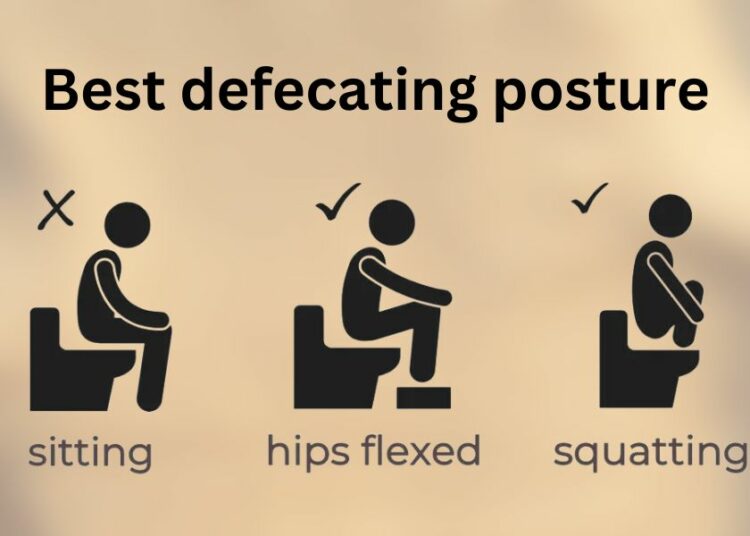For centuries, humans have naturally squatted to relieve themselves in a posture that aligns perfectly with the body’s digestive anatomy.
From rudimentary pit latrines to communal squat toilets, this position was the norm across ancient civilisations.
However, with the advent of modern plumbing and the rise of Western-style seated toilets, convenience took precedence over function, forcing the body into a less efficient position for bowel movements.
Today, research from healthline.com and medical experts suggest that our ancestors may have had it right all along as sitting on a toilet places the rectum at an awkward angle, often leading to straining, constipation, and other digestive issues.
In contrast, squatting straightens the rectal canal, allowing for a more natural and complete elimination. Hereunder are reasons why squatting is the most effective position to poop:
1. Align the Colon Properly: To understand why squatting is beneficial, it’s essential to look at how the body is designed for elimination. The rectum and anus work together to regulate bowel movements. A crucial muscle called the puborectalis wraps around the rectum, creating an angle that helps maintain continence when standing or sitting. However, this angle can also make it more difficult to fully empty the bowels in a sitting position.
When a person squats, the puborectalis muscle relaxes, straightening the rectal canal and allowing for smoother, more complete evacuation. This reduces straining and minimizes the risk of digestive issues like constipation, hemorrhoids, and faecal stagnation.
2. Prevents Constipation: Constipation is the situation of having infrequent or uncomfortable bowel movements. It can involve having hard, dry stools, or having difficulty passing stools. A primary cause of constipation is incomplete evacuation due to poor positioning on a toilet.
Sitting creates an unnatural kink in the rectum, requiring more effort to push the stool out. In contrast, squatting straightens the rectal canal, allowing gravity and abdominal pressure to assist in passing stool efficiently. This reduces the need for straining and helps prevent chronic constipation.
The squatting position reduces the need to push, helping to prevent blockages and making bowel movements smoother.
3. Reduces Risk of Hemorrhoids: Hemorrhoids (piles) are swollen veins in the rectal and anal area, often caused by excessive pressure due to straining during bowel movements. Squatting while defecating is widely recognized as a more natural and effective posture that helps prevent and alleviate hemorrhoids. Below is a detailed explanation of how squatting reduces the risk of hemorrhoids and promotes better bowel health.
4. Speeds Up Elimination: Research indicates that people who squat report less straining and take less time to go (Sikirov, 2003). Other studies have shown that adopting a squat position when pooing lowers abdominal pressure, suggesting this position requires less effort for bowel emptying The body naturally releases stool faster in a squat position, reducing the time spent on the toilet.
5. Prevents Pelvic Floor Issues: Squatting to defecate can contribute to preventing pelvic floor problems by naturally activating and strengthening the pelvic floor muscles. This position facilitates easier bowel movements with minimal straining, thereby lowering the chances of pelvic organ prolapse and incontinence. When squatting, the rectum is aligned in a way that allows gravity to aid in the elimination of stool, reducing the need for forceful pushing that can weaken the pelvic floor muscles. Sitting while pushing can put pressure on pelvic muscles, leading to dysfunction. Squatting protects these muscles and improves control.











